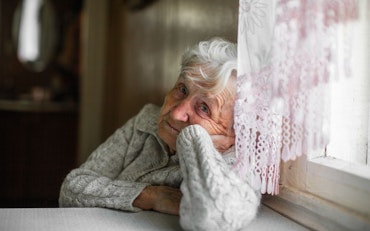Easy access to ‘in home’ end of life care
It is now easier than ever for Tasmanians to die at home surrounded by family and friends, supported by experienced multi-disciplinary teams, thanks to hospice@Home.

A screenshot of the new hospice@Home website which will make it easy for the community and carers of people approaching the end of life to find services.
hospice@Home, operated statewide by The District Nurses, has been helping terminally ill people since the start of the year with great success.
To increase its presence, The District Nurses recently launched a new website, hospice@Home, as well as an advertising campaign to make it easy for the community and carers of people approaching the end of life to find the service.
The District Nurses chief executive, Kim Macgowan, says the organisation has been operating hospice@Home across all Tasmanian regions since its launch, but getting the message across that the service is available is now the major challenge.
“hospice@Home has been a huge success with over five hundred and thirty families using in- home, patient-centred palliative care during the end of life process since January 2014,” Ms Macgowan says.
“We have noticed however, that while there are a large number of people using the service, many families have not been aware of it and so we are now concentrating on communicating the benefits of hospice@Home for all Tasmanians.
“We want to make people aware that for the first time it’s easy to stay in your home surrounded by family and friends as the end of life approaches,” she says.
There are many benefits for Tasmania from hospice@Home, including families and patients being fully supported and the opportunity for hospital avoidance which frees up hospital beds for Tasmanians.
Mrs Macgowan claims Tasmania has many challenges that impact on the way healthcare is delivered. The state is highly regionalised, with 70% classified as rural and remote, and 50% of the population living in small rural communities.
“With a dispersed population, providing in home palliative care makes sense, it allows patients to stay close to their family, friends and communities, lessening the need for travel at a most difficult time.” Mrs Macgowan says.
The federal government is providing The District Nurses with $35.26 million over three years to deliver 2,000 packages of community based palliative care through hospice@Home.
Visit the hospice@Home website.










